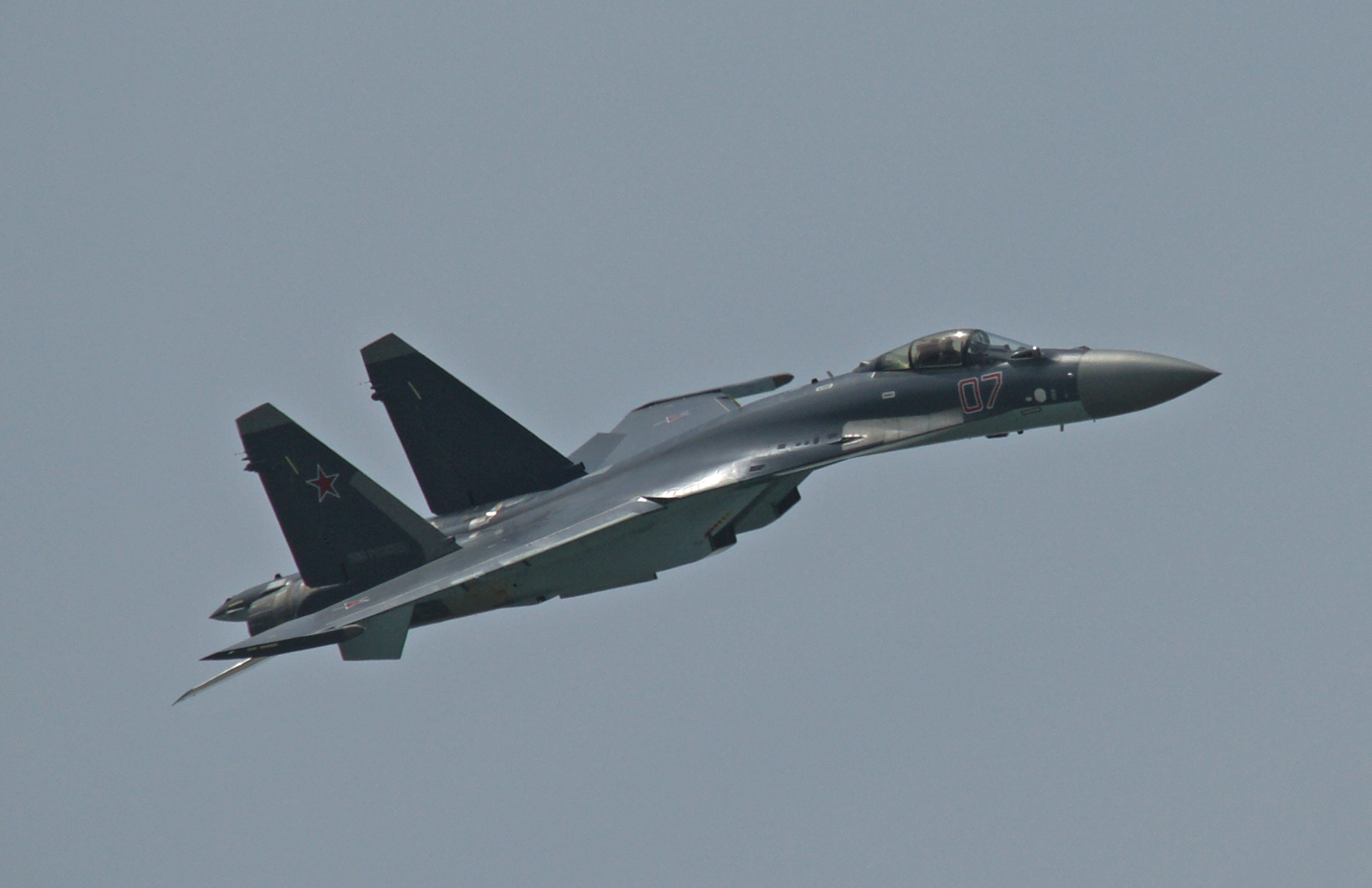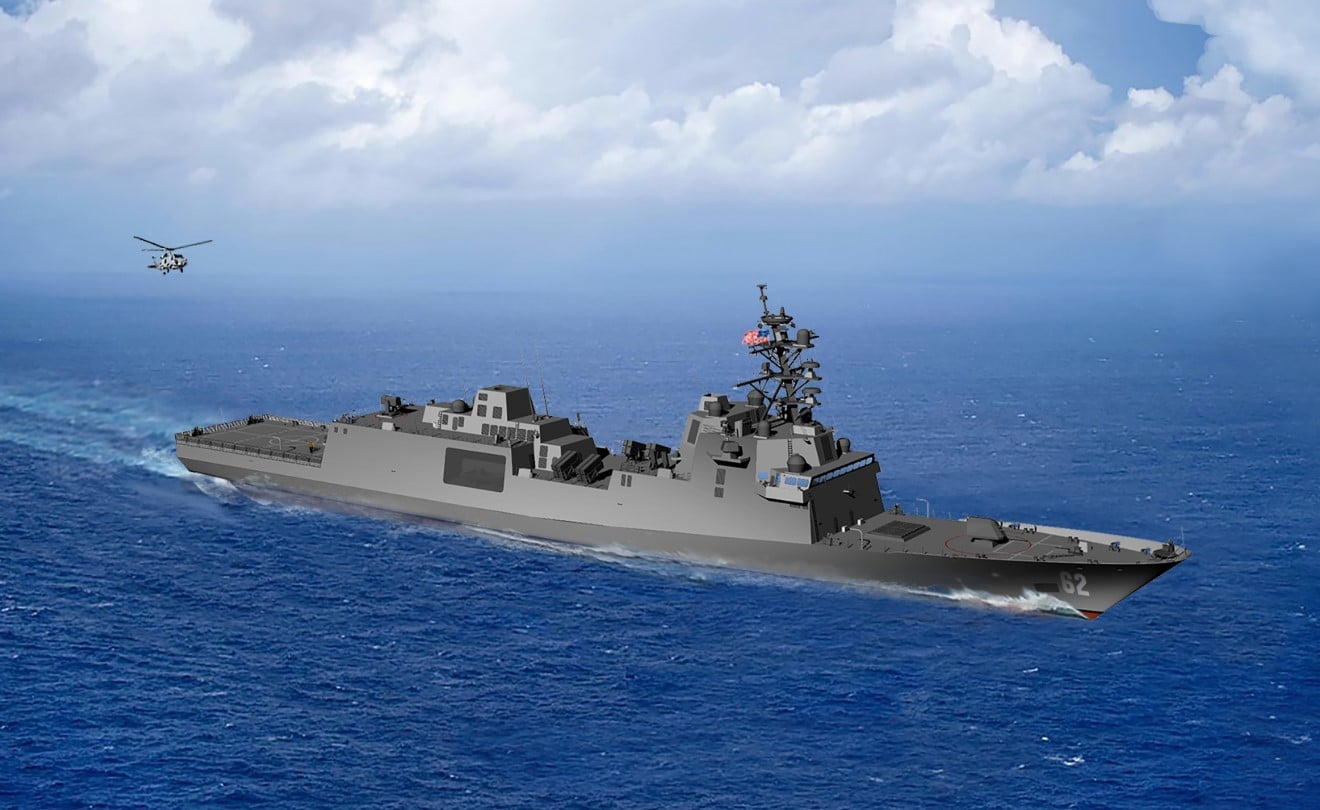2719Views 0Comments

Indonesia to add Su-35 to its fleet
By Bilal Khan
The Indonesian Ministry of Defence recently announced that the country would acquire “a squadron” of Sukhoi Su-35s from Russia to replace the Indonesian Air Force’s ageing Northrop F-5E Tiger IIs. The contract is reportedly valued at $1 billion U.S and if finalized (apparently within a month), the new fighters will join Indonesia’s existing Sukhoi Flanker fleet comprised of 11 Su-30MKK/MK2 and 5 Su-27. To help sweeten their bid, Moscow reportedly offered Indonesia $3 billion U.S in loans for armament acquisitions from Russia. What this basically means is that the Russians were willing to let Indonesia finance the acquisition deal over multiple installments, something other vendors were unable or unwilling to offer.
For some background, the Indonesian Air Force is undergoing a significant modernization program. In addition to these new Flankers, the country is also acquiring 24 surplus U.S F-16C/Ds to augment its existing fleet of 6 older F-16A/Bs. The C/Ds are being upgraded to Block-52 standards. Combined, the F-16s and Su-27/30/35 would offer a healthy mix of advanced fighter aircraft, with the Flankers available to take on extended range missions over Indonesia’s seas. In addition, the Indonesian Air Force is also in the process of inducting 16 TA-50 Golden Eagle lead-in-fighter-training (LIFT) aircraft from South Korea.
The Su-35 is a formidable platform. It is the latest iteration of the venerable Su-27 Flanker, but it is equipped with the latest subsystems. For example, the Irbis-E passive electronically scanned array (PESA) radar can detect 3m2 RCS targets at nearly 400km, track up to 30 airborne targets and engage 8 of them simultaneously. With 14 hardpoints, the Su-35 is certainly capable of taking advantage of its radar range. The Su-35 also benefits from two very powerful turbofan engines (AL-41F1S) offering 31,900 lbf of thrust as well as thrust-vectoring, enabling the engines’ exhaust to be directed in specific directions, thus enhancing the fighter’s maneuverability.
The Su-35 purchase is interesting from at least three angles. The first one is the fact that Indonesia is inducting one of Russia’s most advanced platforms, a 4+/4.5 generation fighter capable of taking high profile offensive missions. Second, the reality that since it is the Su-27/30/35 that enable the Indonesian Air Force to possess (via Russia) beyond-visual-range air-to-air and stand-off air-to-surface weapons, the Su-35 purchase will serve to raise the Indonesian Flanker fleet to at least 24 aircraft.
The third angle is related to the second one, the fact that it is Indonesia’s Flankers that are equipped with modern air-to-air and air-to-surface munitions, and not the F-16s. The case might be similar to that Egypt where the U.S is reluctant to transfer munitions such as the AIM-120 and JDAM, thus pushing Indonesia to acquire that capability through another vendor. But despite that, Indonesia has not opted to break its dependence on American weapon systems, it is still inducting additional F-16s as well as new TA-50s, the latter developed with considerable American input. Whether the purchase of the Su-35 over a more advanced F-16 (e.g. Block-60) indicates a shift remains to be seen.
What remains to be seen is whether Indonesia will opt to further the capabilities of its fighter fleet through the use of Airborne Early Warning & Control (AEW&C) aircraft. The Indonesian Air Force was (since March 2015) in talks with Sweden’s Saab over the Erieye AEW&C system, but that avenue is its early stages.


